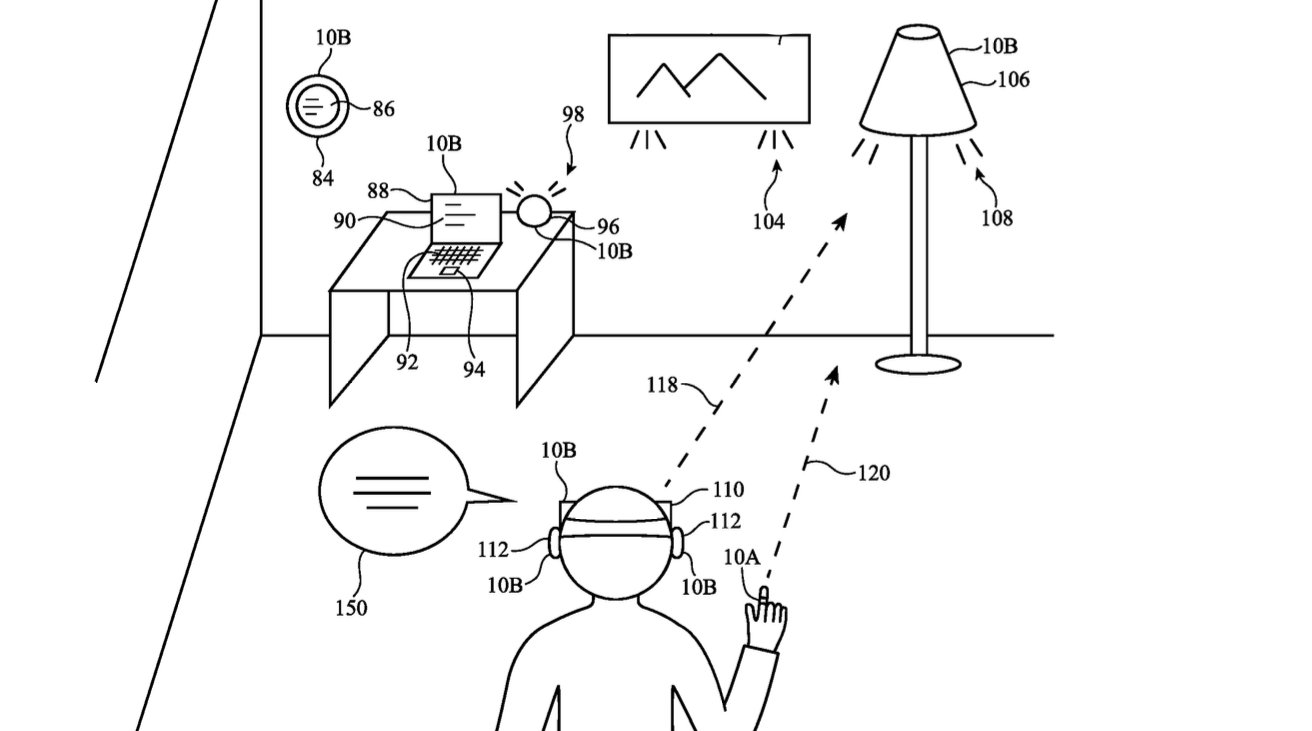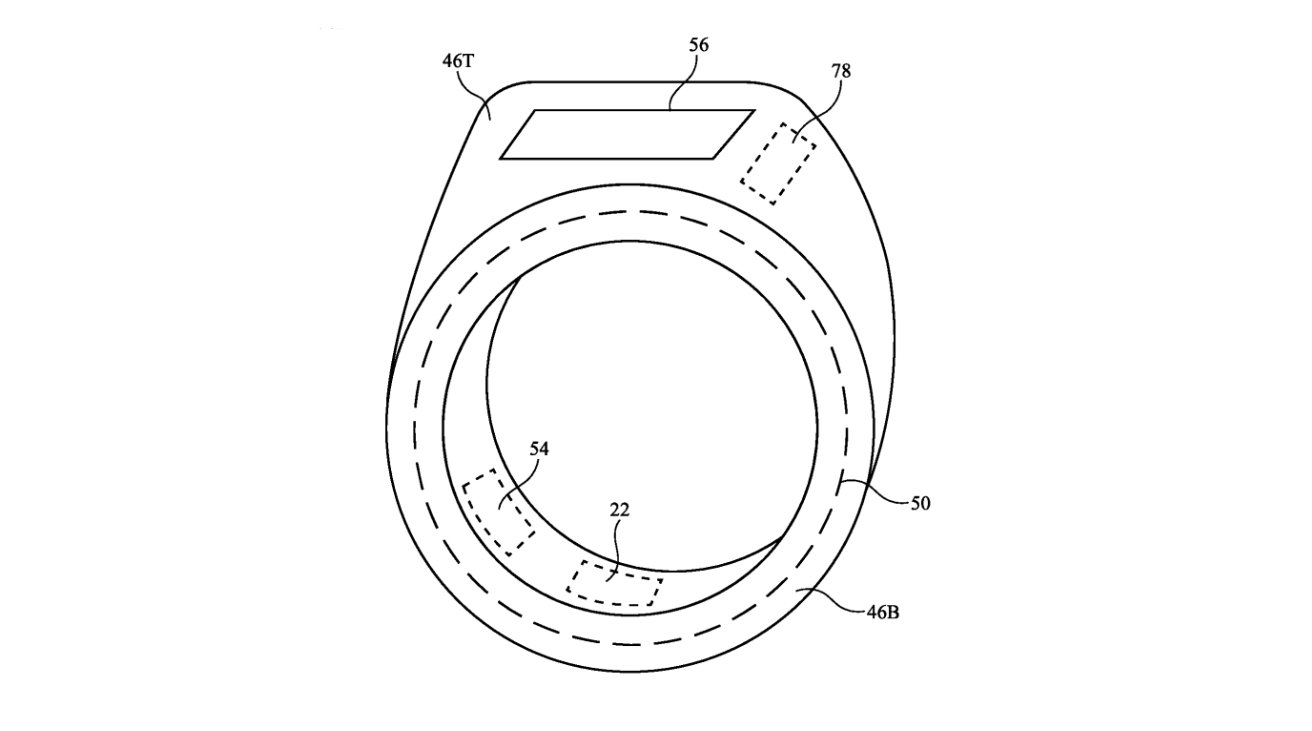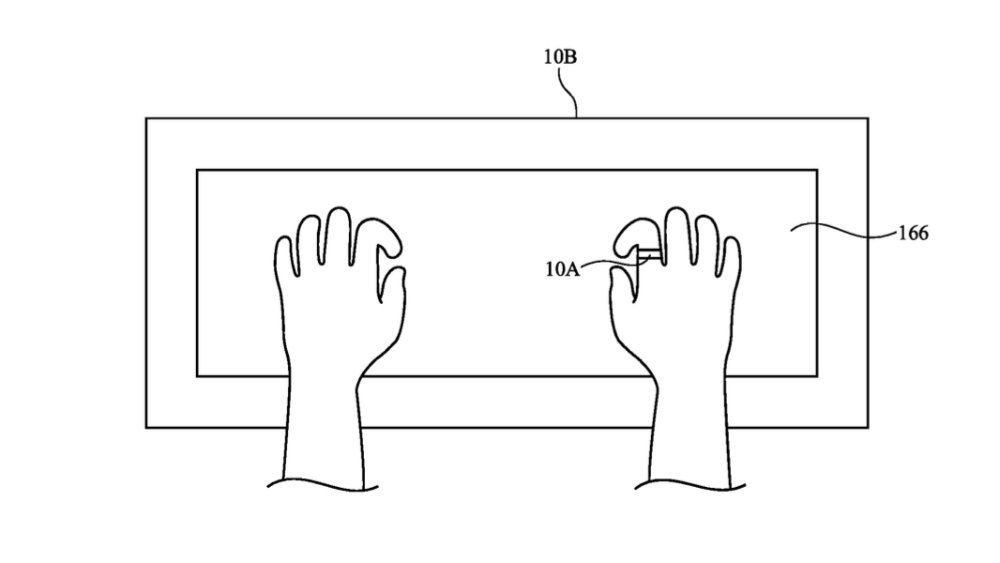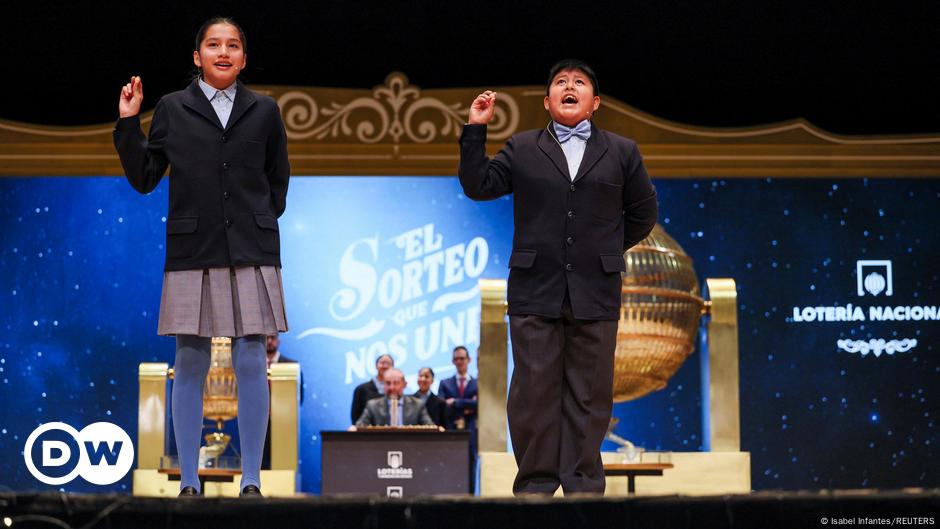Tech
Apple Ring research points to dozens of uses far beyond health monitoring

Apple’s latest research into an Apple Ring doesn’t just suggest what it looks like, but also positions it at the center of iPhone and Mac control, and as a remote to household appliances.
Apple’s latest research into an Apple Ring positions it at the center of a user’s devices — from the iPhone and Mac, to household appliances — and gives a new idea of what one could look like.
Back in 2001, Steve Jobs said that the Mac had to become a digital hub, that it would be at the heart of users’ digital lives. Skip forward nearly a quarter of a century and a newly-revealed patent application suggests that Apple now thinks a Smart Ring could be at the heart of everything we do.
Previous patents and patent applications have covered how a Smart Ring might not be limited to fingers, and also that it could be used to control other devices. Now this latest one, just called “Ring Device,” focus entirely on that controlling of, and working with, a user’s suite of devices.
“A ring device may be configured to control multiple electronic devices in the user’s environment,” says the patent application, and it does not just mean Apple ones. As well as a HomePod and an Apple TV, the patent application even means a kettle.
“For example, a ring device and/or a host device may store… kitchen map with stored locations of various kitchen appliances,” continues Apple, “an office map with stored locations of a desktop computer, an office speaker, and an office lamp, a bedroom map with stored locations of a bedroom lamp, a laptop computer, and a bedroom speaker, etc.”
There are definite applications for these maps in augmented reality, and Apple’s patent application does not detail how any one device might be used or controlled. So there’s no indication that there might some day be an iCloud-enabled Apple Kettle.
But what the patent application does say is that the smart ring could be central to the use of any other devices because it “may facilitate the gathering of user input.”
“During operation of a companion device, a user may wish to supply user input to the companion device,” says Apple, “in the form of hand gestures, touch input, force input, voice input, pointing input, gaze input, other user input involving the position of the user’s body (e.g., the location, orientation, and movement of one or more fingers and/or other body parts), and/or other user input.”
Apple says that “ring device may have sensors such as inertial measurement units and/or other sensors that allow such body-based input to be gathered.” And the company argues that “ring device will generally be immediately available to the user,” because it typically “may be worn throughout the day.”
It’s this availability plus the fact that a smart ring is a wearable device, that means Apple thinks there can be “interactions between the ring device and objects in the user’s environment.” Without going in to specific use cases, Apple says that for instance, “a ring device can easily be brought into close proximity with near-field communications tags in the user’s environment.”
So there might not be an Apple Kettle, but if a user wearing a smart ring points in the right direction in their kitchen, a smart home could know what they want. And if Apple has its way, health sensors could tell the kettle whether you’ve already had too much caffeine.
Or because the ring would have a microphone, a user could vaguely gesture in the direction of their Apple TV set top box, telling it to shut up, and the device would mute.
Did the patent illustrator just not bother with keys on the keyboard, or can the ring take their place?
It’s preposterous how many different types of sensor Apple describes as going in to a smart ring, with everything from force sensors to proximity ones, ambient light detectors, and a dozen more. But then this is a patent application and those will always cast their net as wide as possible.
So maybe Apple doesn’t really mean that any one smart ring will have all of these things. But then it clearly wouldn’t mind you buying more than one ring.
“One or more ring devices may gather user input from a user,” says Apple. “Ring devices can be worn on any or all of a user’s fingers (e.g., the index finger, the index finger and thumb, three of a user’s fingers on one of the user’s hands, some or all fingers on both hands, etc.).”
Most of the example drawings showing a ring in use are of people standing in rooms pointing. But there is also one with a person operating a keyboard, with the suggestion that the ring could detect the typing action.
Curiously, the one thing this smart ring proposal doesn’t appear to have is a speaker. Perhaps Apple finally ran out of room.
Instead, the patent application talks repeatedly about the ring being used with another device, such as a MacBook Pro, or an iPhone. So it’s not as if Apple sees the ring as replacing everything, but it definitely sees it as becoming the central hub.












